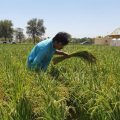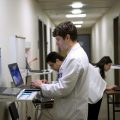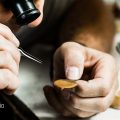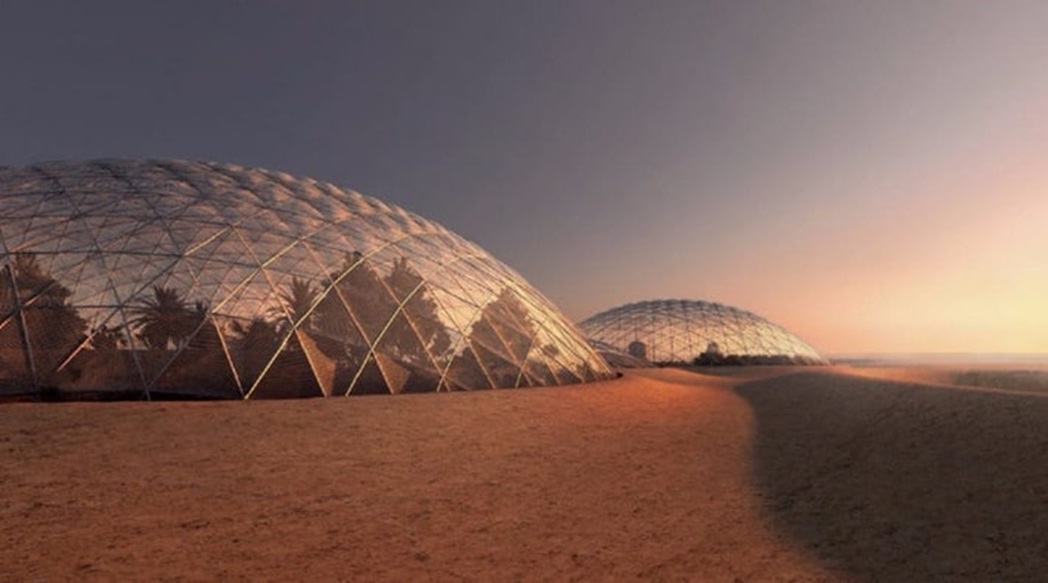
The government of the United Arab Emirates has allocated $ 135 million for the construction of an indoor technopolis, which will conduct research related to the colonization of Mars.
Elon Musk is not the only one who thinks thathumanity will do when it reaches the red planet. The UAE authorities instructed local architects to design a model of the Martian settlement, and then implement it in the desert outside the city.
Despite the fact that the area of the science city should be 176 thousand m2, it will be completely located under hugeellipsoidal domes made of thicktranslucent glass. The domes will be interconnected and partially allow sunlight inside. This design will allow scientists to conduct various experiments to simulate living conditions on Mars.
The atmosphere of the red planet is very thin andalmost does not protect the surface from harmful radiation, the air pressure is very low. In such conditions, a person’s blood boils even despite the average temperature of -81 °C. Therefore, in bio-domes in the middle of the desert, researchers will look for solutions to the problems of human habitation in another world.
As in ordinary cities, inside the domes will bevarious facilities, laboratories and green spaces are located. At the same time, they will be completely isolated from the natural environment, the pressure in them will be artificially controlled, and oxygen will be produced by electrolysis of ice. In parallel, scientists will study the problems of life in conditions of constant isolation.
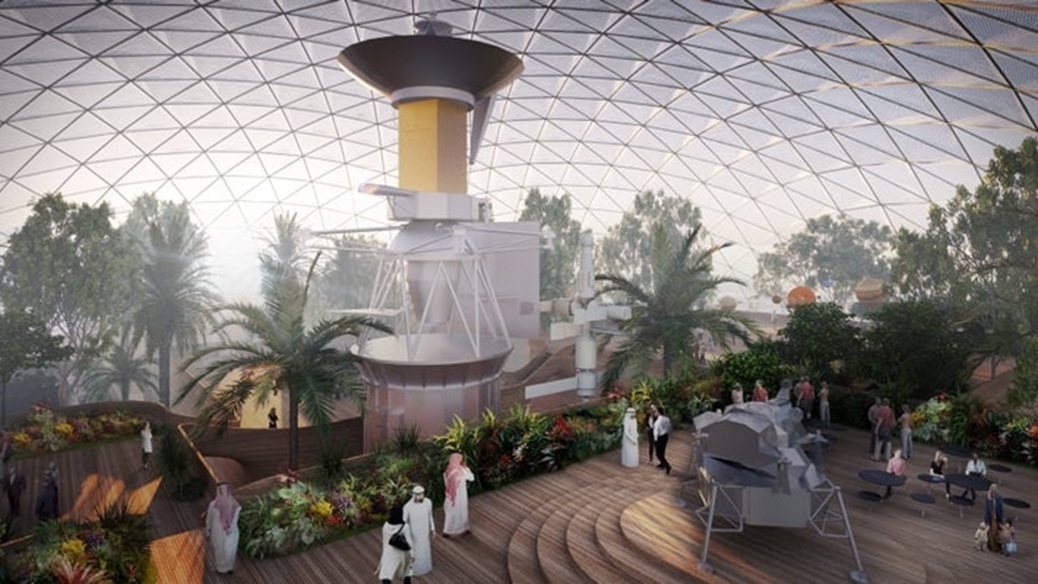
After it became known that evenSince the evaporation of all the water and carbon dioxide on Mars will not be enough to achieve a minimal greenhouse effect, researchers have begun to look for other options. As an alternative, scientists have proposed the concept of terraforming individual areas of the planet's surface using silicon dioxide airgel.
</p>